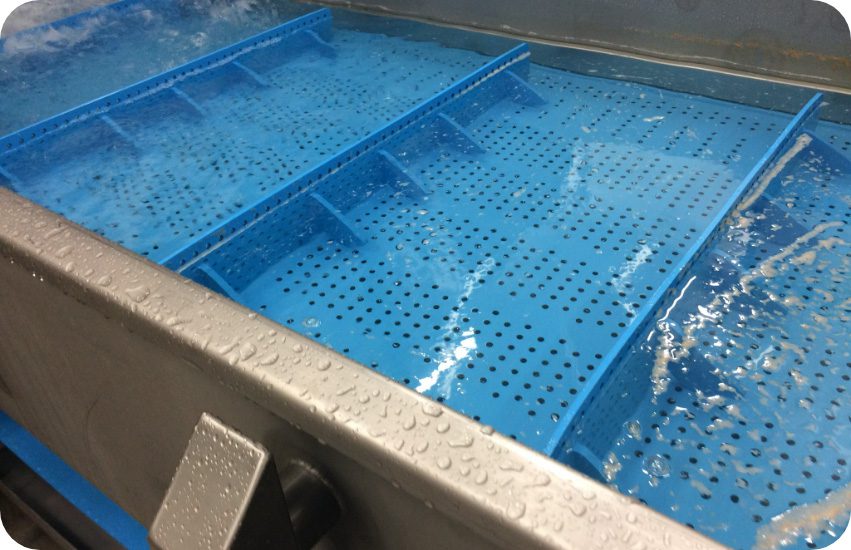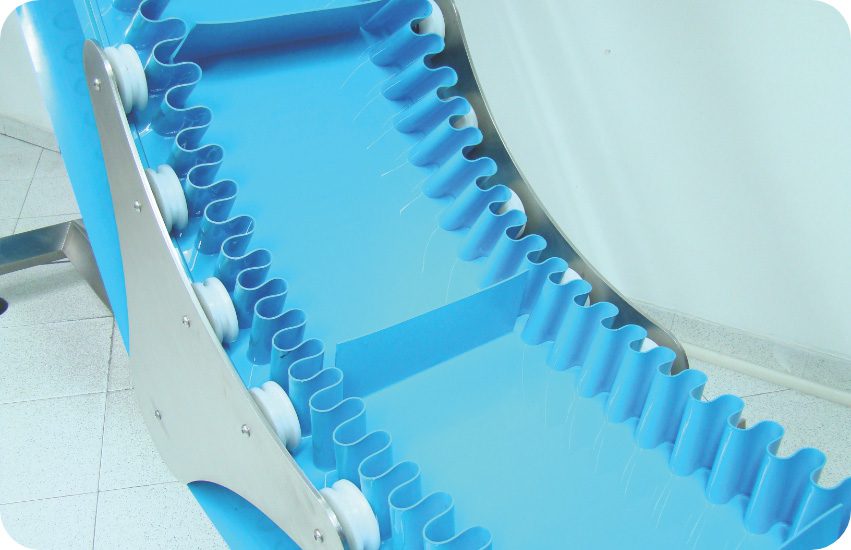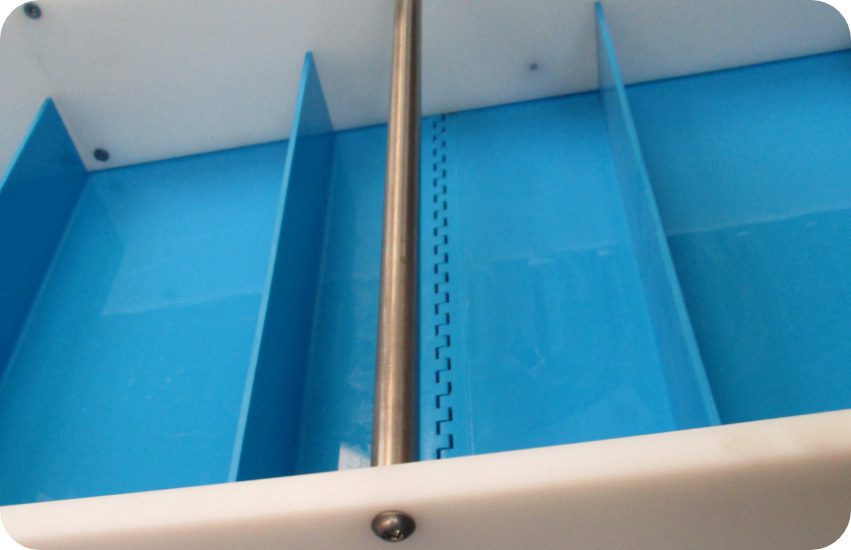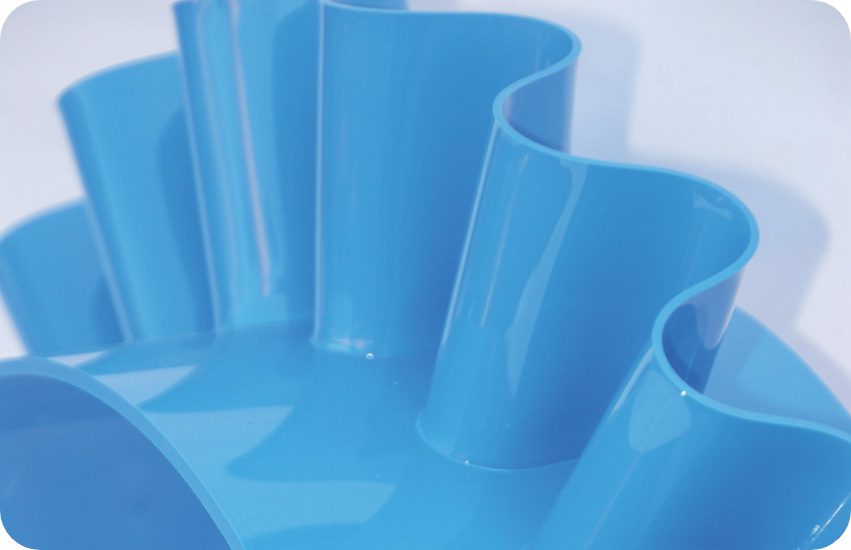Voltabelting.com. verwendet technische, analytische, Marketing- und andere Cookies. Diese Dateien sind notwendig, um den reibungslosen Betrieb der Voltabelting.com-Website und -Dienste zu gewährleisten und helfen uns, uns an Sie und Ihre Einstellungen zu erinnern. Wenn Sie weiter auf unserer Website surfen, akzeptieren Sie diese Cookies. Für weitere Details lesen Sie bitte unsere Datenschutzrichtlinien.




